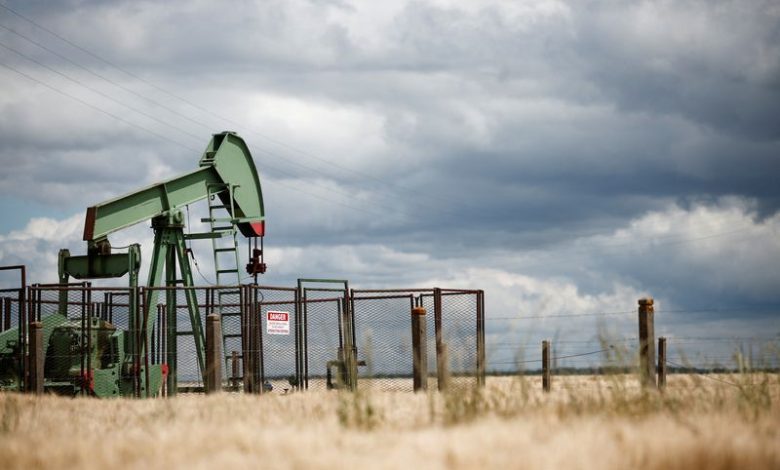Explainer-What OPEC+ oil output cuts are currently in place?

By Alex Lawler, Ahmad Ghaddar and Yousef Saba
LONDON (Reuters) – OPEC+ at its Dec. 5 meeting made further changes to its oil production policy, by delaying a planned increase in output further into next year as it faces a weaker oil demand outlook.
The oil producer group on Thursday pushed back the start of oil output rises by three months until April 2025 and extended the full unwinding of cuts by a year until the end of 2026 due to weak demand and booming production outside the group.
Below is an explainer on how the latest cuts from the Organization of the Petroleum Exporting Countries and allies, known as OPEC+, work:
OPEC+ members are currently cutting output by a total of 5.85 million barrels per day (bpd), or about 5.7% of global demand.
Those include three tranches:
1. 2.00 million bpd by all OPEC+ members – extended on Dec. 5 by one year until the end of 2026 from the end of 2025.
2. 1.65 million bpd of voluntary cuts by eight members (Algeria, Iraq, Kazakhstan, Kuwait, Oman, Russia, Saudi Arabia and the United Arab Emirates) – extended on Dec. 5 by one year until the end of 2026 from the end of 2025. When first announced in 2023, Gabon was part of the deal and the total cuts were 1.66 million bpd.
3. 2.20 million bpd of voluntary cuts by eight members (Algeria, Iraq, Kazakhstan, Kuwait, Oman, Russia, Saudi Arabia and the United Arab Emirates) – extended on Dec. 5 by three months to the end of March 2025 from the end of December 2024.
4. Under the Dec. 5 agreement, the United Arab Emirates was granted a higher production quota, allowing it to gradually boost output by 300,000 bpd over a period starting April 2025, three months later than earlier planned, until the end of September 2026.
HOW WILL THE AGREEMENT AFFECT OPEC+ OUTPUT AFTER MARCH 2025?
OPEC+ issued a table, reproduced below, showing how the phasing out of the 2.2 million bpd of voluntary cuts by eight countries and the UAE increase will affect output from April 2025. Output for the other OPEC+ members will remain steady through end-2026.
(Editing by Dmitry Zhdannikov and David Evans)
Source link






